Apple has now sold over two billion iPhone units
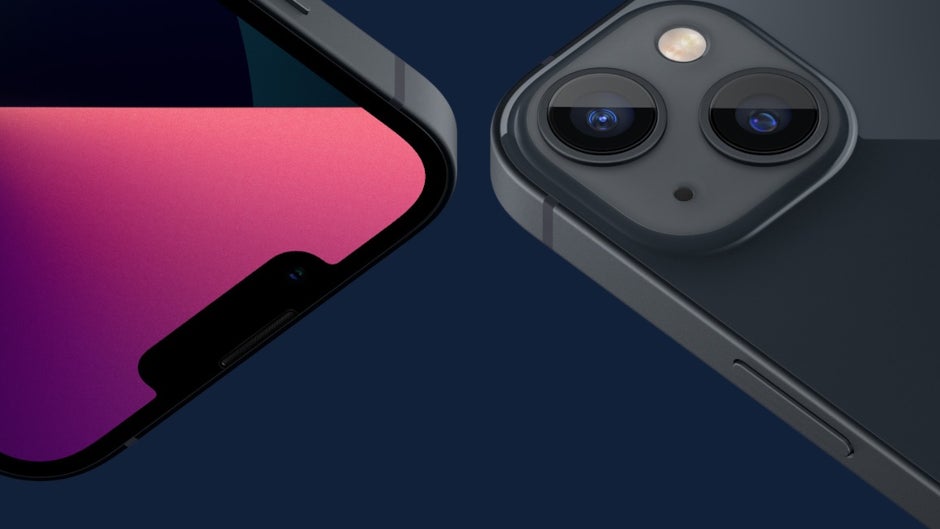
When Apple sold its billionth iPhone in July 2016, it was cause for celebration in Cupertino. At the end of our article noting the event, yours truly wrote "With all of the changes made from the first iPhone sold to the billionth, we wonder what changes will be made to the phone by the time Apple celebrates the two billionth handset sold." Well, we can wonder no more.
A fresh report issued by Asymco's Horace Deidu (via 9to5Mac) says that Apple recently sold its two billionth iPhone unit. And the current iteration of the iPhone hardly resembles the iPhone 6s series that was being sold when the first billionth phone was rung up. The notch, Face ID, gesture navigation, the use of larger AMOLED displays, and there are now four different variants available each year which is double the number offered by Apple in 2016.
Apple has sold over two billion iPhone units
With more than one billion active iPhone users, those using Apple's iOS-powered handset make up 26% of all global smartphone users. In the U.S., that figure is closer to 60% and is near 50% in the U.K. These numbers are at or near all-time highs, and the percentage of survey respondents who switched over to an iPhone over the last two years in the U.S. and the U.K. weigh in at 14% and 10% respectively.

The number of iPhone variants released each year are now up to as many as four
Deidu says that Apple still follows the philosophy of its late co-founder and CEO Steve Jobs who believed that Apple should deliver products and features that consumers didn't know that they needed. As the analyst says, "We did not ask for rack focus, post-production focus (!), night mode, macro photography and portrait bokeh. But once we have these features we begin, ever so slowly, to use them and then we start demanding them."
He points out that the iPhone 13 Pro cameras are not designed so much to replace professional equipment, but are made to allow the layman to impress other non-professionals. Deidu says that the camera system on the new iPhone models is also made for influencers who post on social media sites like Instagram, YouTube, TikTok, and others. As the analyst points out, "Ordinary people with extraordinary tools can do extraordinary work."
Analyst says that the iPhone 13 line is Apple's most important yet
He also points out an interesting stat that we first heard from Gene Munster of Loup Ventures. There are 400 million iPhone users currently using an iPhone that is three years of age and older. That provides Apple with a large number of potential upgrade candidates. And with carriers offering extremely high financial incentives to trade-in their older models (up to $1,000 depending on the wireless provider), we could see some of those 400 million make the move to a brand spanking new iPhone.
Deidu says that the iPhone 13 series is the most important one yet. He explains how that he reached this conclusion: "It creates the perception of what a phone should be and it sets up the trajectory for demand that did not yet exist. It’s facile to think that the utility of an ok older phone is good enough. That assumes that we are satisfied with ok messaging and ok apps. With ok photos and ok video. With no wide angles, no night mode and no macro photos. What the iPhone has shown however is that the demand for performance can be nudged up."
So there it is. It took Apple nine years to sell its first billion iPhones and approximately five years to see the next billion sold. We wonder how long it will take Apple to ring up the next billion handsets. And as long as we are trying to see into the future, we can only guess what the next few years will hold for the iPhone in terms of design and features.
Follow us on Google News


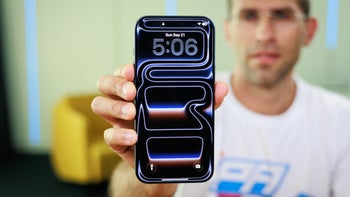
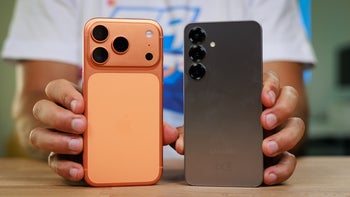
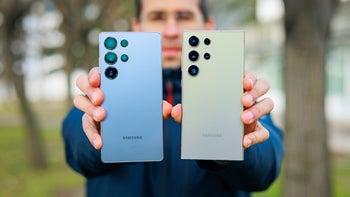
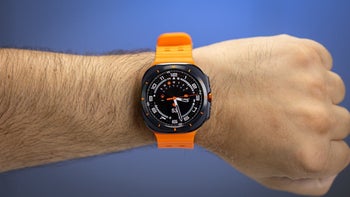
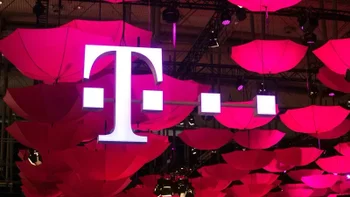
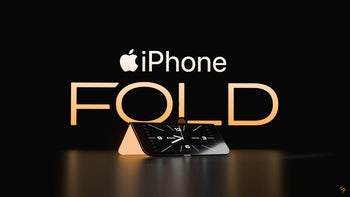
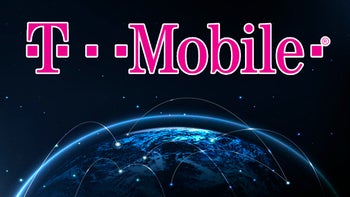
![A new Android bug is making it impossible to install new apps. Are you affected? [UPDATE]](https://m-cdn.phonearena.com/images/article/176703-wide-two_350/A-new-Android-bug-is-making-it-impossible-to-install-new-apps.-Are-you-affected-UPDATE.webp)
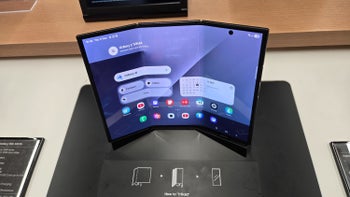
Things that are NOT allowed:
To help keep our community safe and free from spam, we apply temporary limits to newly created accounts: